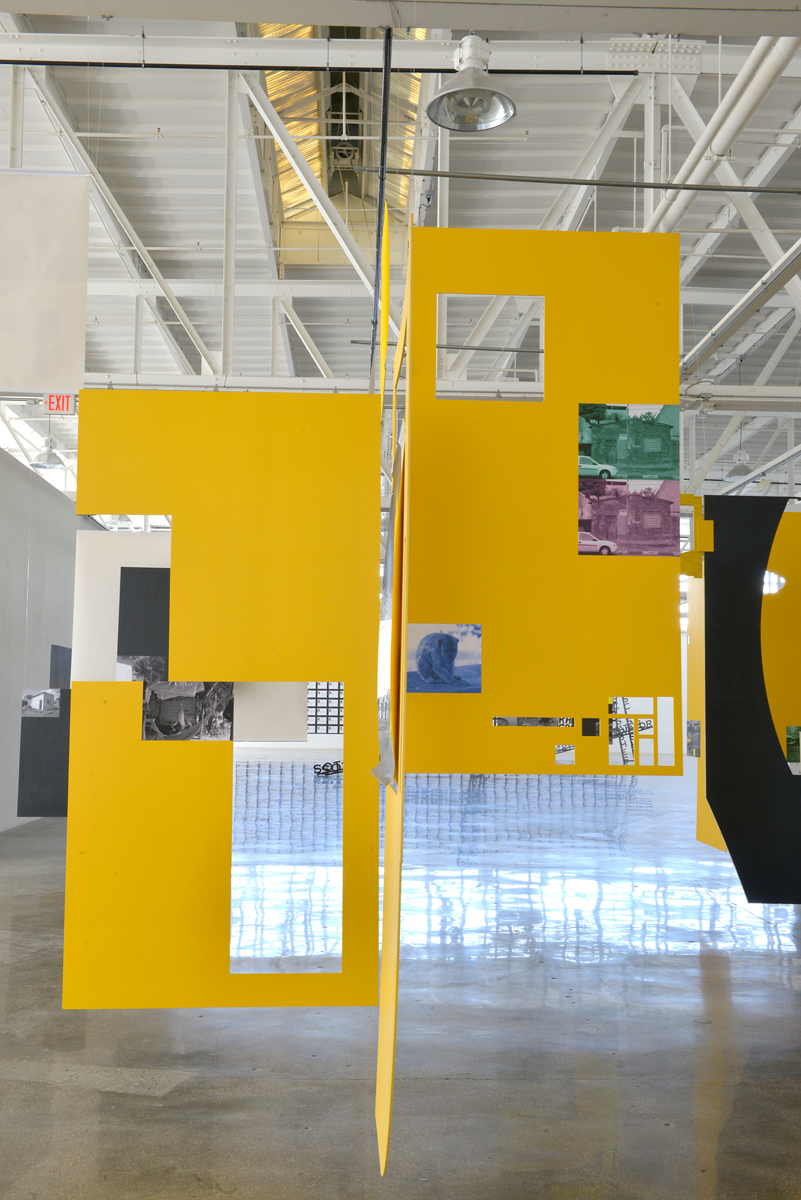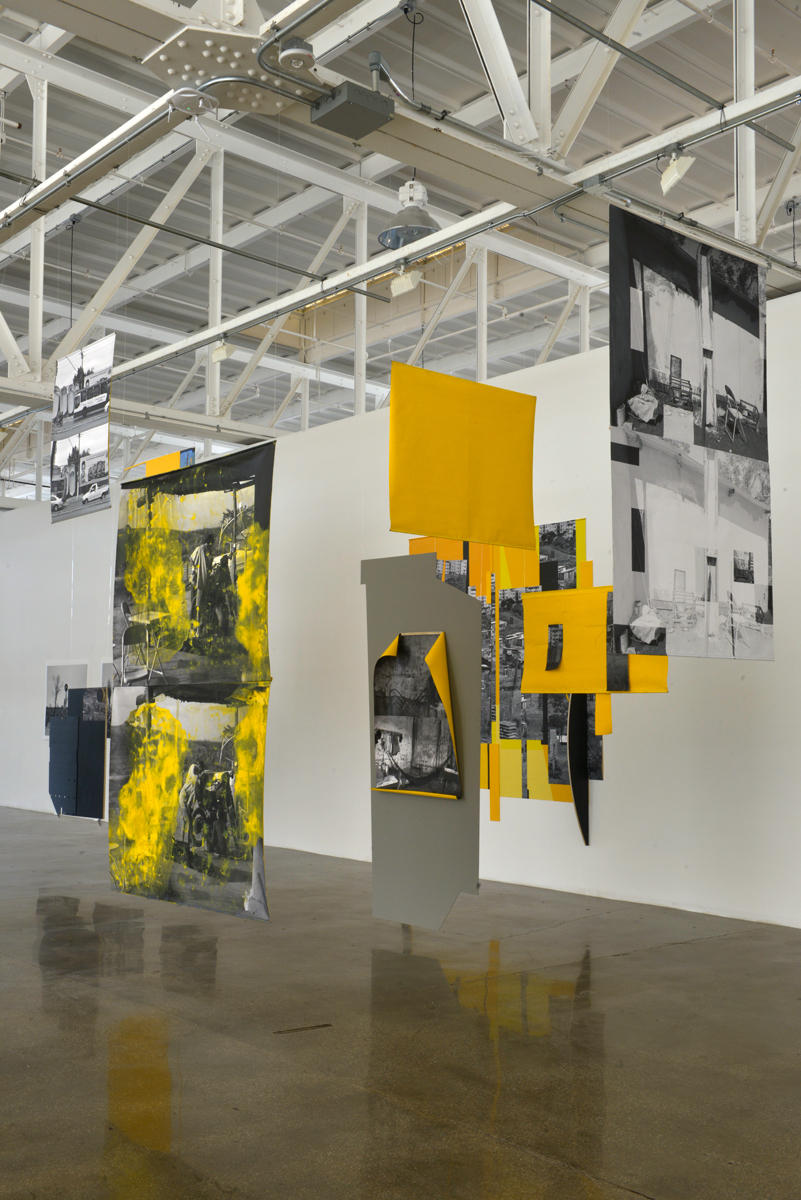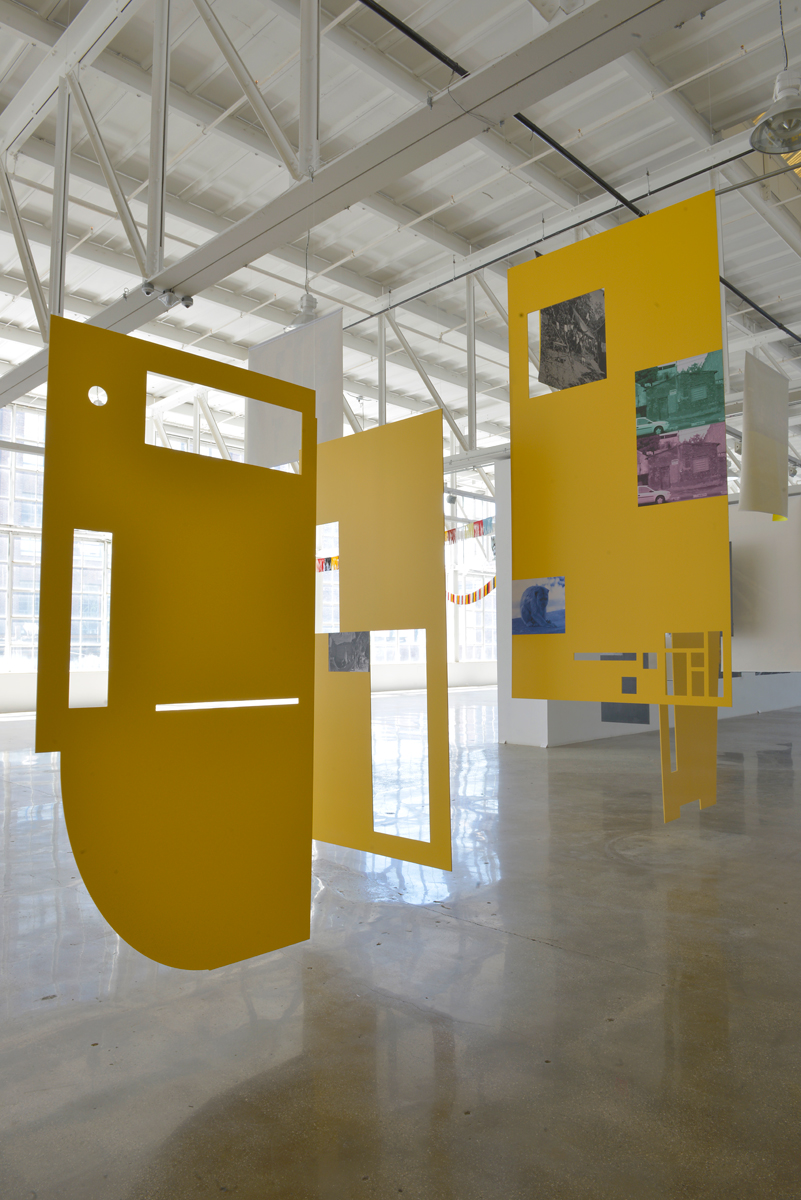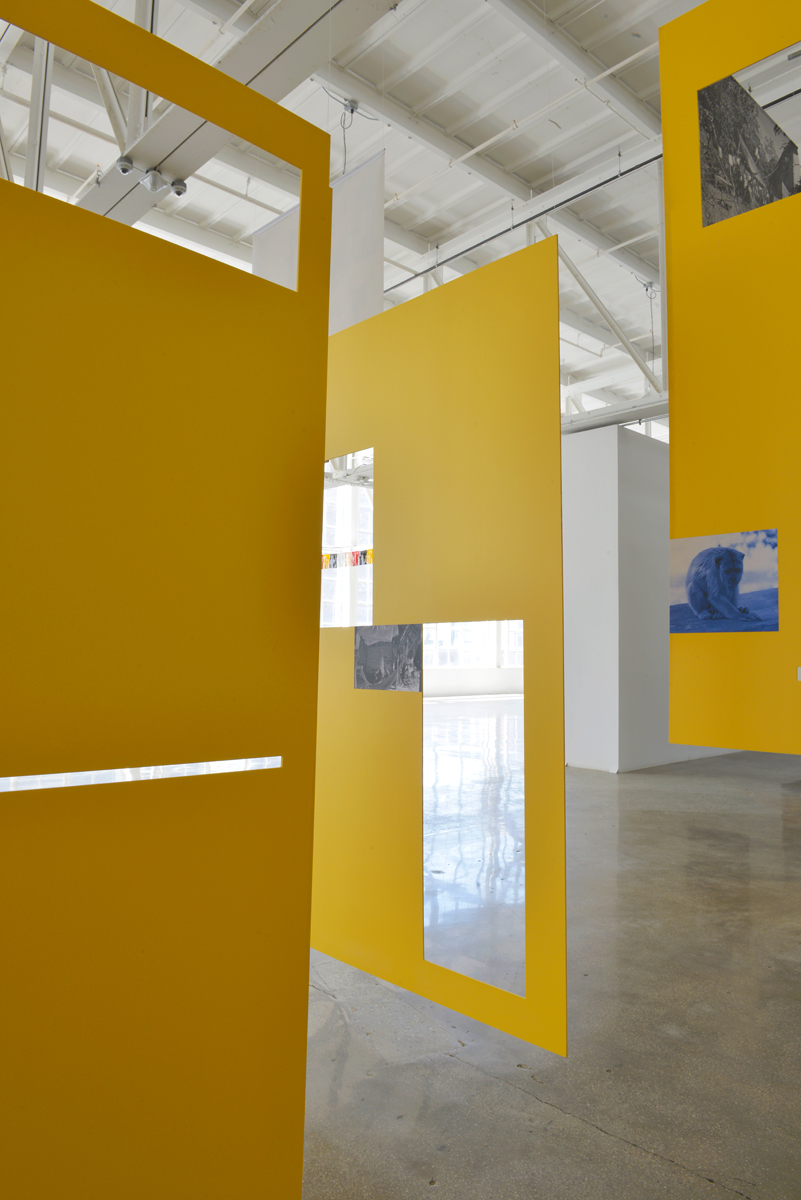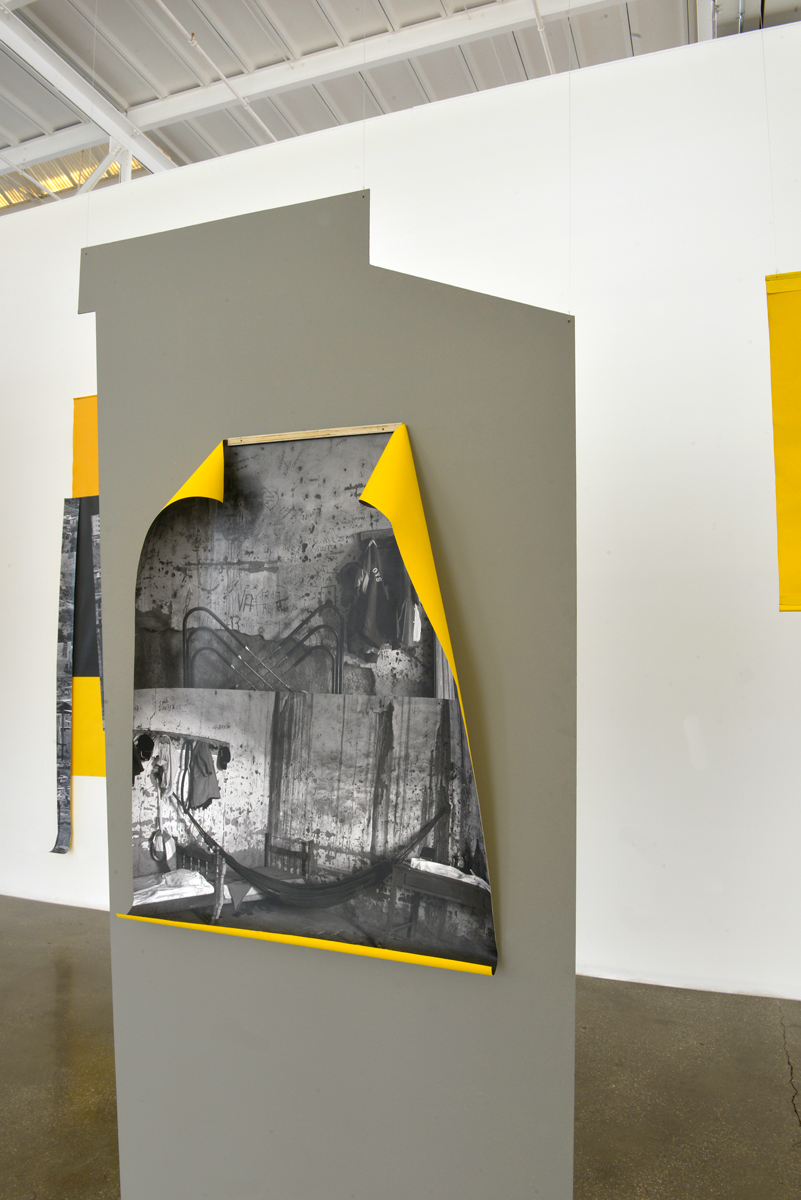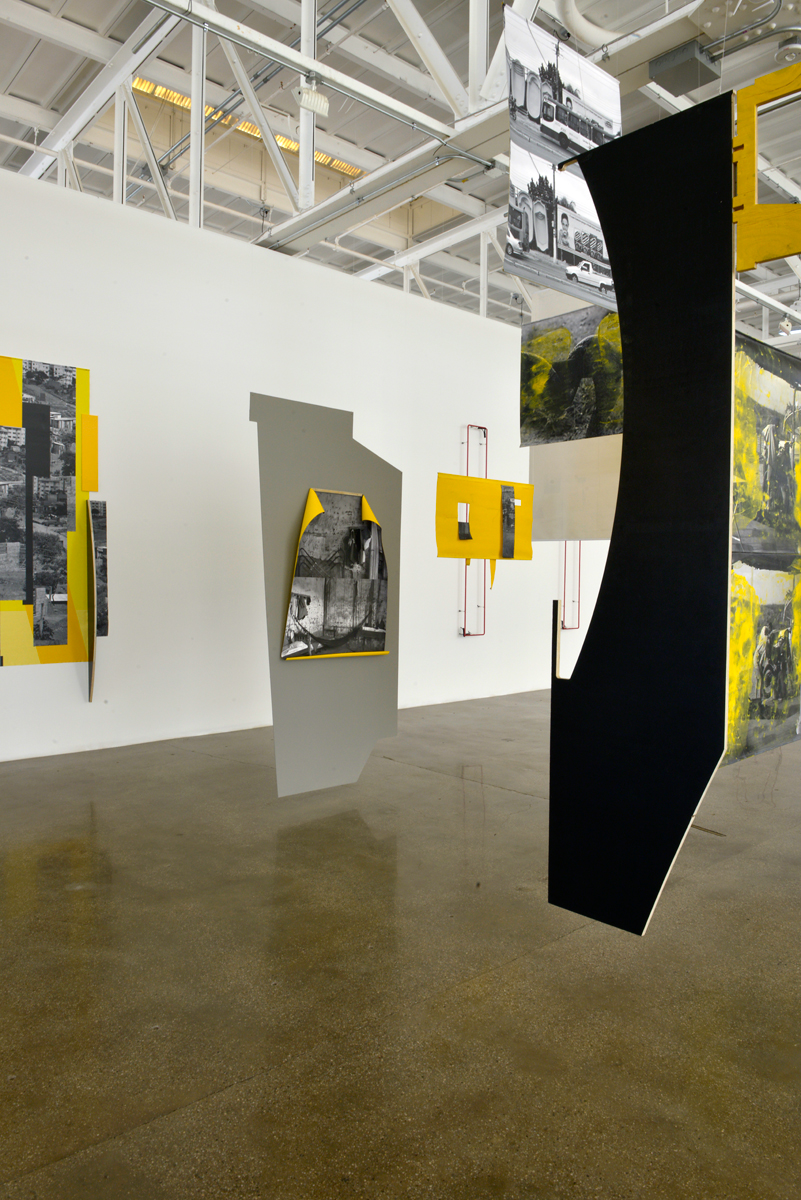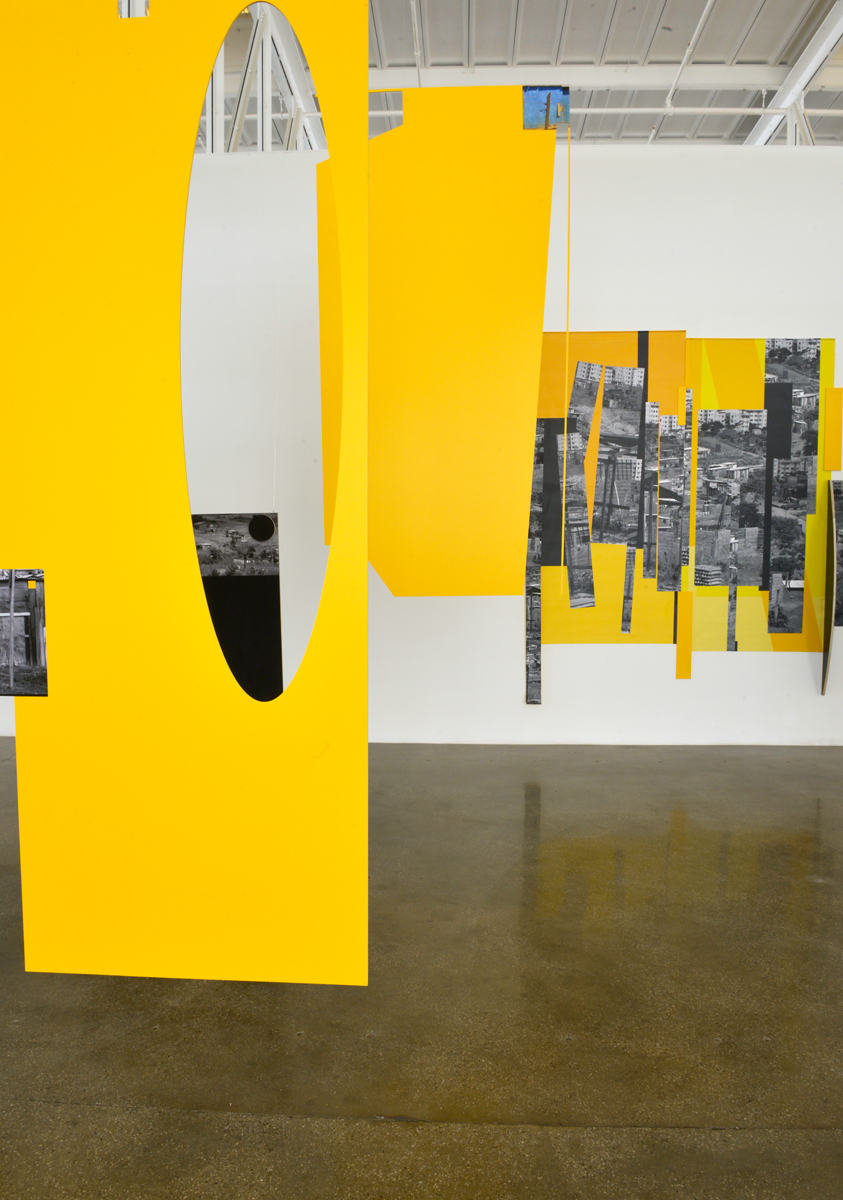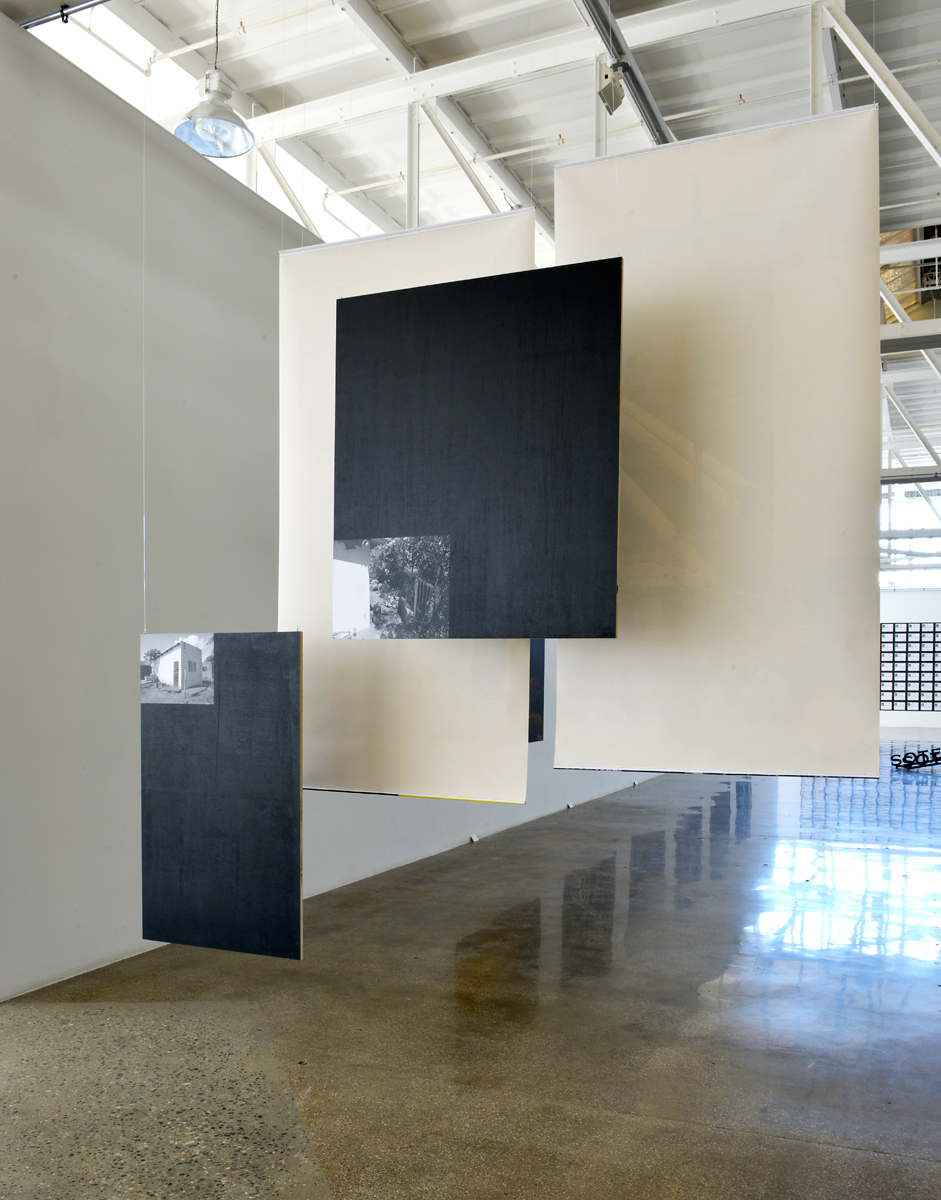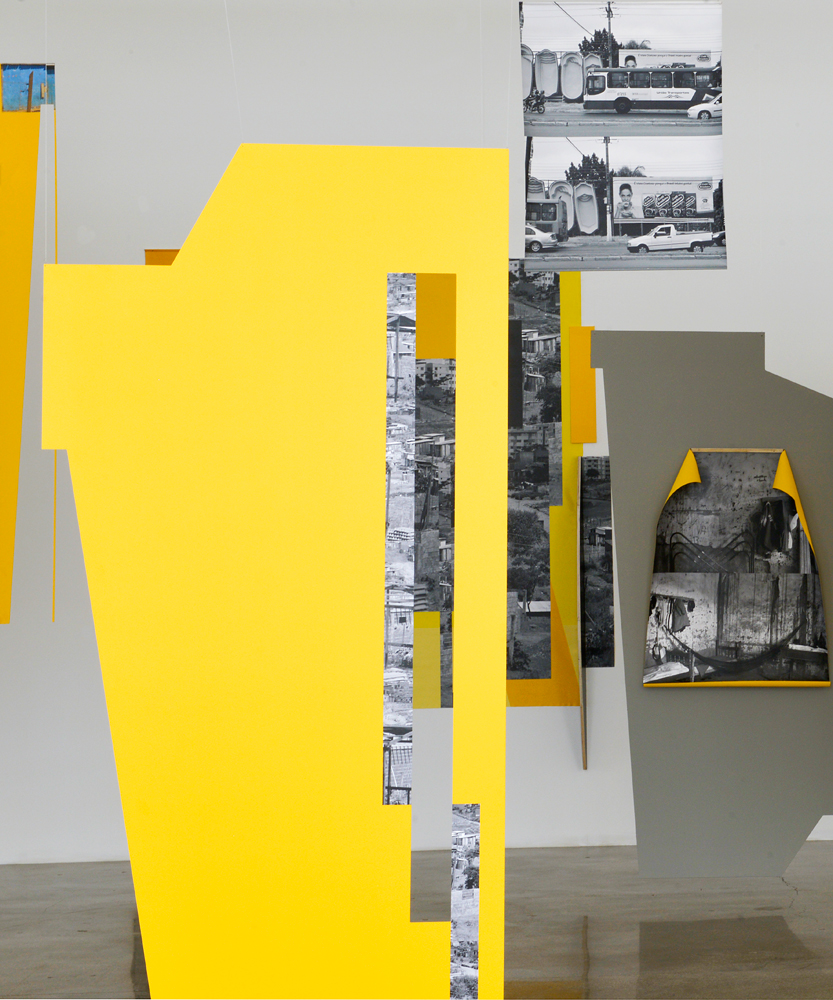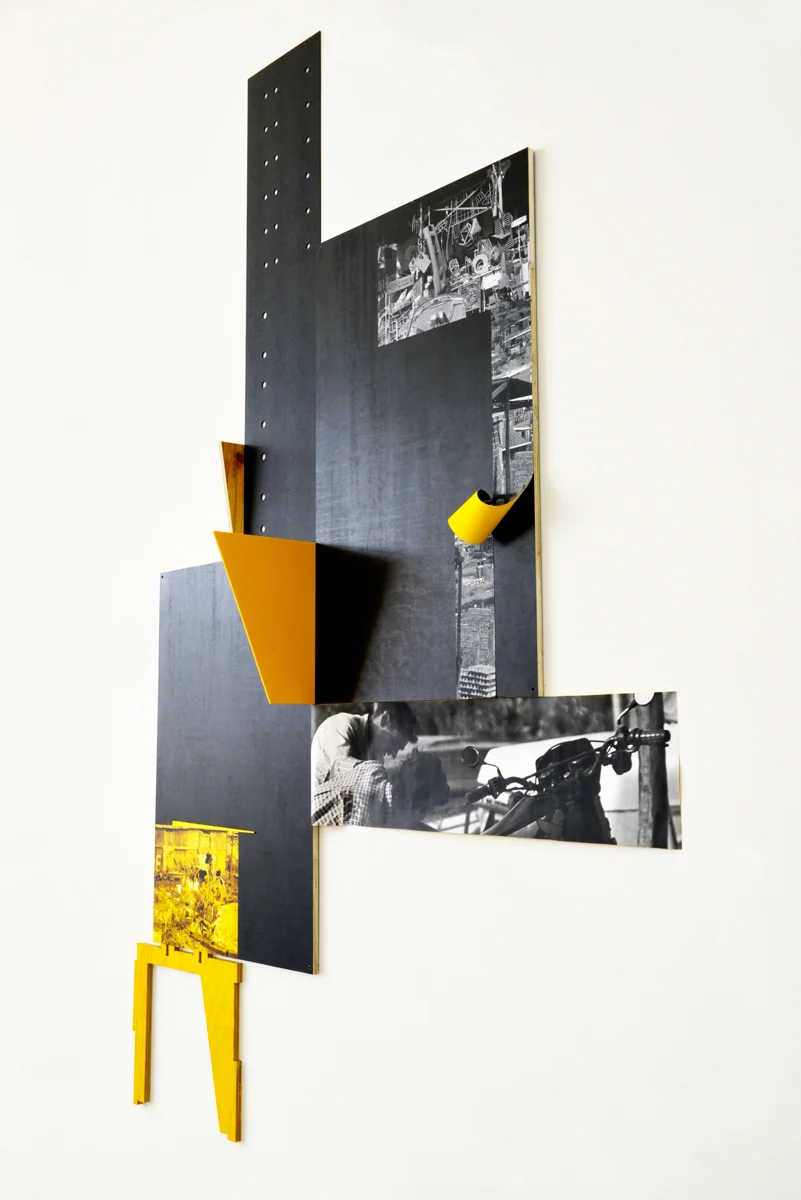The Lost Steps (after Steichen, Oiticica, Derrida)
at Mana Contemporary


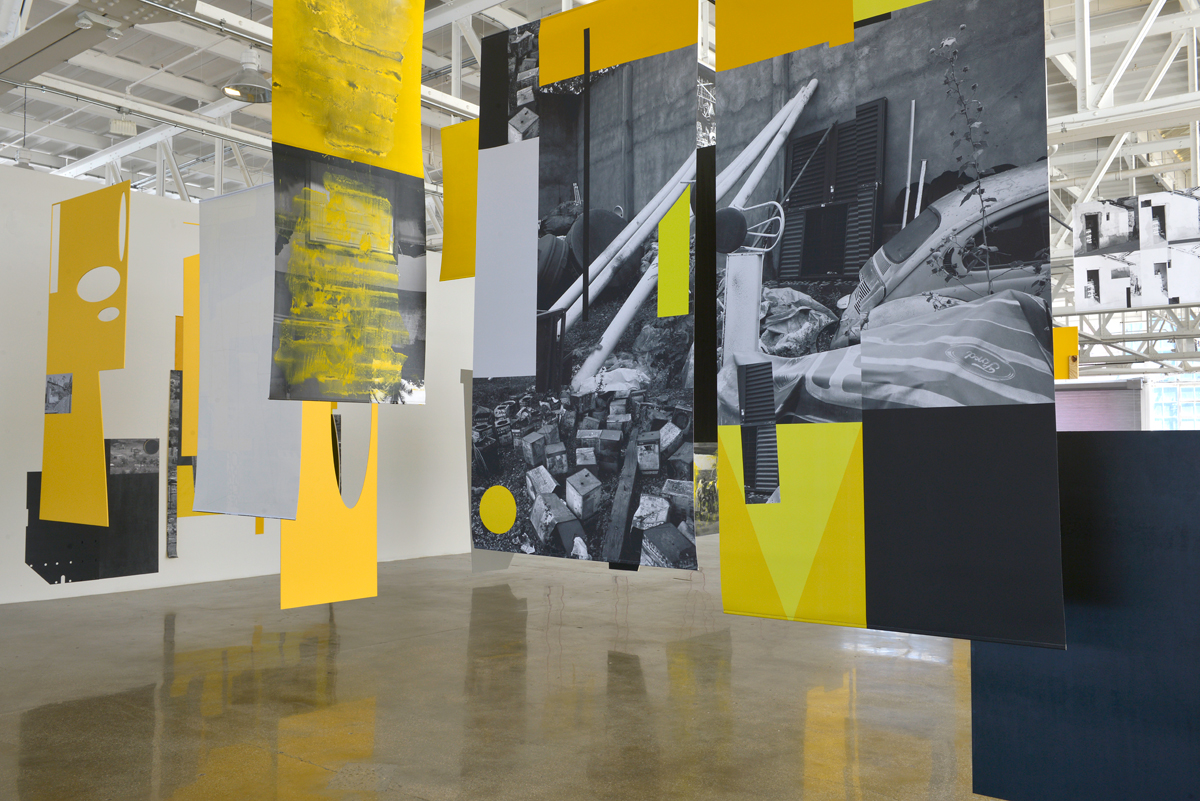
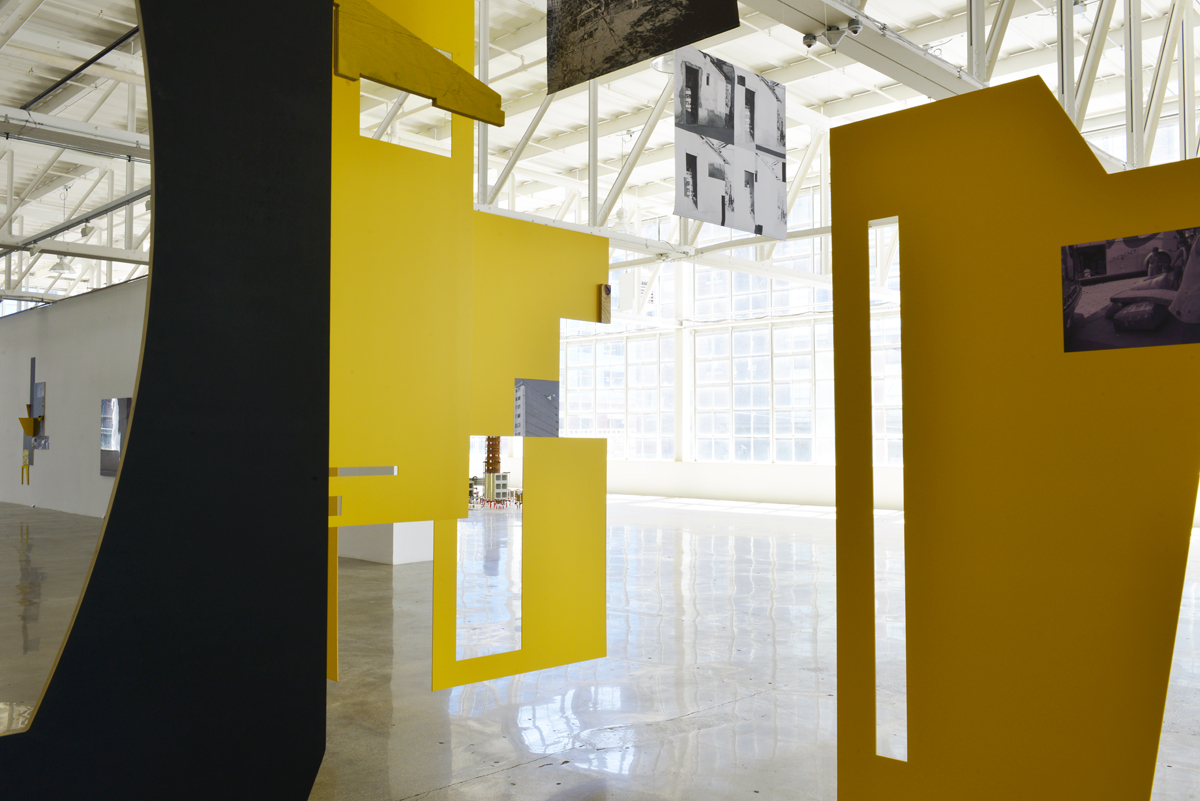


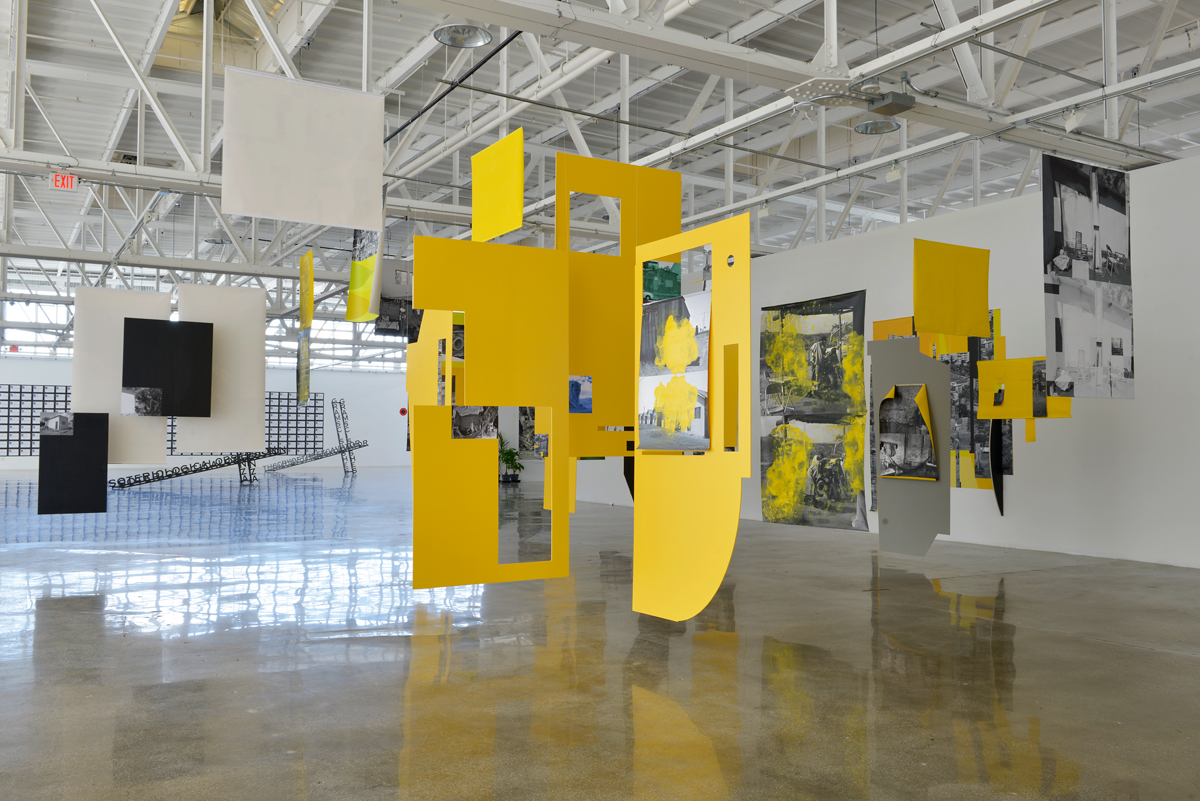
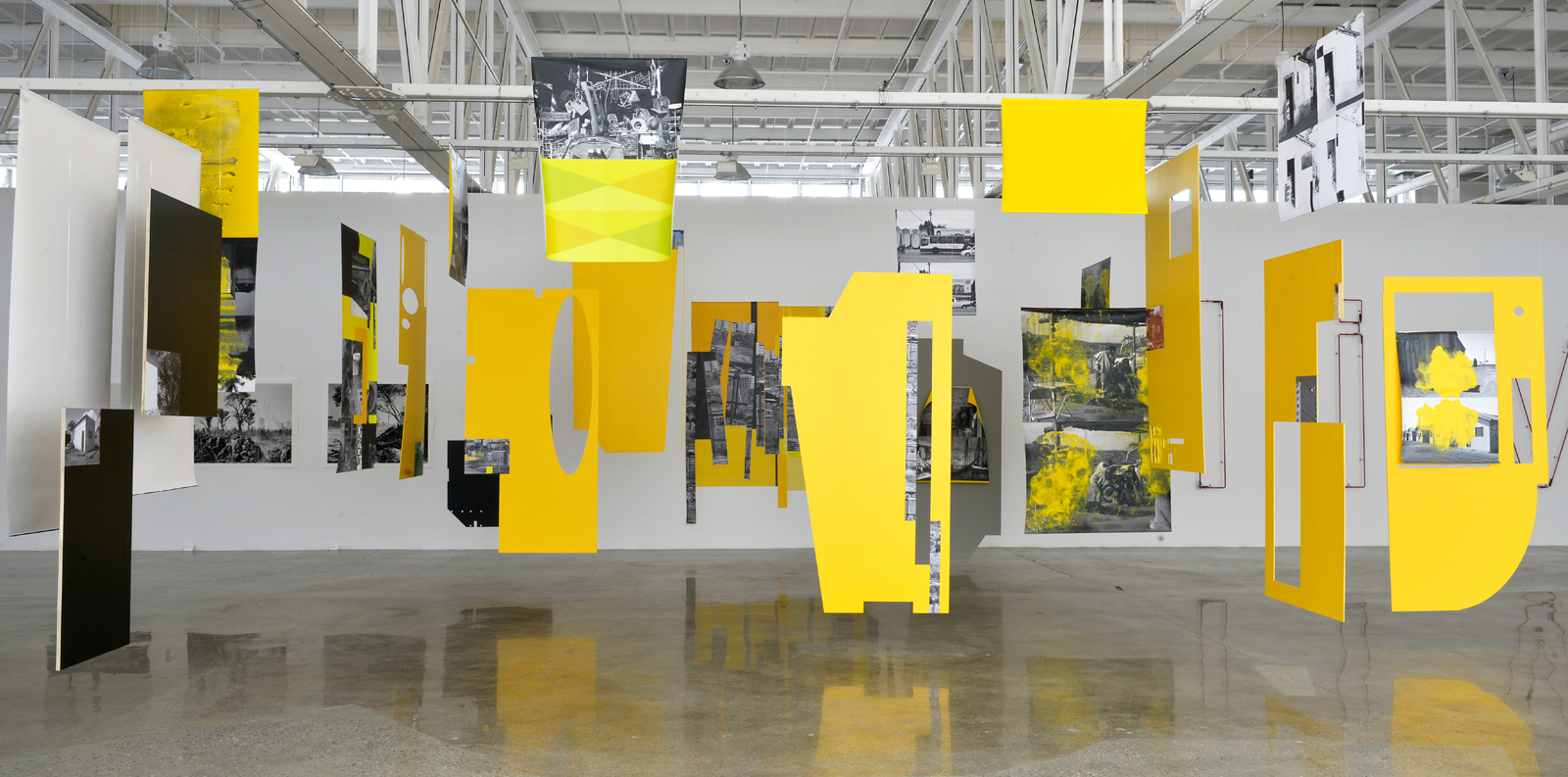
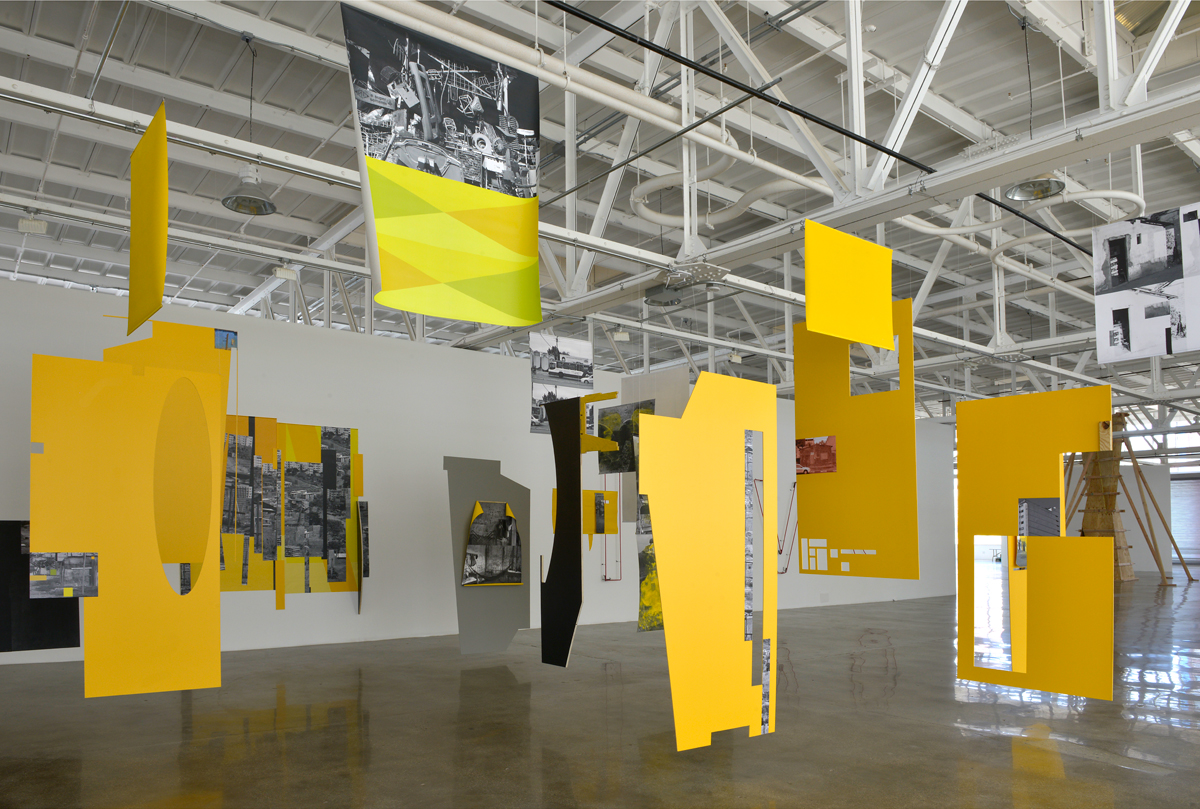

THEOREM. You Simply Destroy the Image I Always Had of Myself, an exhibition curated by Octavio Zaya
The exhibition’s thematic focus, arising out of the works of the participating artists themselves, is the hypothetical question “What if…?”—as in Pier Paolo Pasolini’s 1968 film Teorema. In the exhibition, we pose this question while contemplating the world upside-down, as in the famous map of Joaquín Torres-Garcia (1936). Thus, the proposed theorem (What if…) implies an emancipatory project of some sort—say, as in modernity—but understood beyond the “pragmatism” that assumes that every radical attempt to change is always doomed to fail as in the barbarian realities of the 20th century. On the contrary, the exhibition is set in motion by the tensions between realities and appearances, for not only does it acknowledge the fact that appearances are just a mask over a reality of dependency and subjugation, but, hopefully, it will also show that appearances (upside-down, masks) have an emancipatory power of their own.
In Pasolini’s Teorema, “the visitor” becomes all things to all people, because, as God, he reveals so little about his innermost thoughts, and, when he departs from the house in which he was a guest, all those who met him and made love with him collapse, except for the housemaid, a believing peasant woman who becomes sanctified. In THEOREM. You Simply Destroy the Image I Always Had of Myself, the operating principle is not that of “a visitor” but of a proliferation of appearances, of masks, spilling over into an open-ended site; not one that projects a certain image of identity and solidarity to be consumed, but rather one where the world is turned on its head—a stage where we are not irreducibly bound by the chains of our past. The past can be re-articulated or re-enacted. Following a hypothetical logic of emancipation, this equation should be the zero point of the theorem, where past, present, and future collide. Like a real carnival, this theorem cannot evade social tensions or the realities of power, but it can amplify them to the point of poetic subversion, critique them, or point to their possible transcendence.
